Introduction
In the vast realm of herbal remedies and natural health practices, dandelion (Taraxacum officinale) stands out as a versatile and potent plant. Often dismissed as mere weeds in lawns and gardens, dandelions are, in fact, rich in nutrients and medicinal properties. One of the simplest and most popular ways to harness these benefits is by brewing dandelion root tea. This article serves as a comprehensive guide on how to prepare dandelion root tea correctly, ensuring you extract its maximum nutritional and therapeutic value.
Understanding Dandelion Root
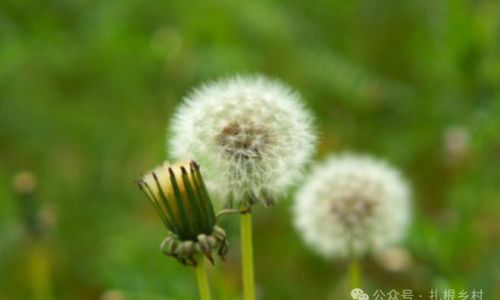
Before diving into the brewing process, it’s crucial to understand what makes dandelion root so beneficial. Dandelion roots are packed with vitamins, minerals, and antioxidants. They are particularly high in vitamins A, C, K, and various B vitamins, as well as minerals like potassium, iron, calcium, and magnesium. These nutrients contribute to a wide array of health benefits, including improved digestion, liver function, and skin health.
Moreover, dandelion roots have been traditionally used to support detoxification processes, aid in weight loss, and balance blood sugar levels. While these claims are supported by anecdotal evidence and some preliminary studies, it’s important to note that dandelion root tea should not be considered a substitute for medical treatment. Always consult with a healthcare professional before incorporating herbal remedies into your health routine.
Choosing the Right Dandelion Root
The quality of your dandelion root will significantly impact the taste and efficacy of your tea. Here are some tips for selecting the best dandelion root:
-
Organic and Wild-Harvested: Opt for organically grown or wild-harvested dandelion roots to avoid pesticides and other contaminants.
-
Appearance: Look for roots that are firm, dry, and have a golden-brown color. Avoid roots that are moldy, overly damp, or discolored.
-
Source: Purchase from reputable suppliers who specialize in herbal remedies or organic produce. If possible, source locally to ensure freshness and minimize transportation-related environmental impact.
-
Certification: Check for certifications like USDA Organic or similar to ensure the product meets high-quality standards.
Preparing Dandelion Root for Brewing
Once you’ve acquired high-quality dandelion root, you’ll need to prepare it for brewing. Here’s a step-by-step guide:
-
Cleaning: Rinse the dandelion roots thoroughly under cold running water to remove any dirt or debris.

-
Drying: If your roots are not already dried, you’ll need to dry them before brewing. You can do this naturally by spreading them out on a baking sheet and placing them in a well-ventilated area or a food dehydrator at a low temperature (around 95°F or 35°C). Avoid using high heat, which can degrade the nutrients.
-
Grinding: For a stronger tea, you can grind the dried roots into a finer powder using a coffee grinder or mortar and pestle. Alternatively, you can chop them into smaller pieces for a milder brew.
-
Storage: Store your prepared dandelion root in an airtight container in a cool, dark place. Properly stored, it can last for several months.
Brewing Dandelion Root Tea: Step-by-Step
Now that your dandelion root is ready, let’s dive into the brewing process. There are several methods you can use to make dandelion root tea, each yielding slightly different results in terms of flavor and nutrient extraction.
Method 1: The Classic Stovetop Method
-
Boiling Water: Fill a kettle or pot with fresh, filtered water and bring it to a boil.
-
Adding Roots: Once the water is boiling, remove it from the heat and let it sit for a minute to cool slightly. Add 1-2 teaspoons of dried, chopped, or powdered dandelion root per cup of water.
-
Steeping: Cover the pot or kettle and let the mixture steep for about 15-20 minutes. The longer you steep, the stronger and more bitter the tea will become.
-
Straining: After steeping, strain out the roots using a fine-mesh sieve or cheesecloth.
-
Serving: Pour the tea into cups and enjoy it hot. If you prefer iced tea, let it cool to room temperature and then refrigerate for a few hours before serving.
Method 2: The French Press Method
-
Boiling Water: As with the stovetop method, start by boiling fresh, filtered water.
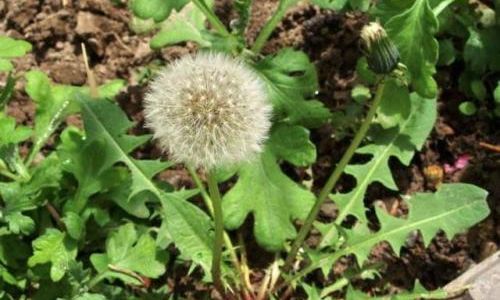
-
Pre-Warming the French Press: Pour a small amount of boiling water into your French press to pre-warm it, then discard the water.
-
Adding Roots and Water: Add 1-2 teaspoons of dandelion root per cup of water to the French press. Pour in the boiling water, filling it to the desired level.
-
Steeping: Allow the tea to steep for 10-15 minutes, covered.
-
Pressing and Pouring: Use the plunger to press down the roots and separate them from the tea. Pour into cups and enjoy.
Method 3: The Solar Infusion Method
For a more gentle and eco-friendly brewing process, try the solar infusion method:
-
Preparing the Jar: Fill a clean, glass jar with fresh, filtered water. Add 1-2 teaspoons of dandelion root per cup of water.
-
Positioning in Sunlight: Place the jar in direct sunlight. The intensity and duration of sunlight will affect the strength of your tea, but generally, it should steep for at least 2-4 hours.
-
Straining: Once the desired strength is achieved, strain out the roots using a fine-mesh sieve or cheesecloth.
-
Serving: Pour into cups and enjoy immediately or refrigerate for later use.
Method 4: The Slow Cooker Method
If you prefer a set-it-and-forget-it approach, a slow cooker can be a great option:
-
Adding Roots and Water: Place 1-2 teaspoons of dandelion root per cup of water in your slow cooker. Fill with water to the desired level.
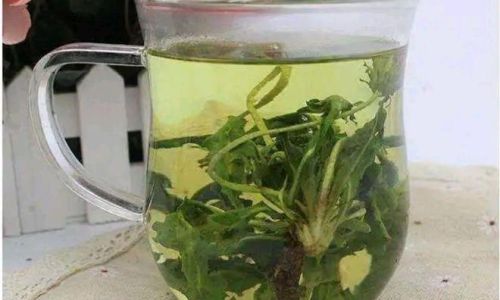
-
Setting the Temperature: Set the slow cooker to low and let it simmer for 4-6 hours. This extended steeping time allows for a deeper extraction of nutrients and flavors.
-
Straining: Once done, strain out the roots and pour the tea into storage containers or serve immediately.
Enhancing Your Dandelion Root Tea
While dandelion root tea is delicious on its own, you can enhance its flavor and benefits by adding various ingredients:
- Honey or Maple Syrup: These natural sweeteners can help balance the bitter taste of dandelion root.
- Lemon or Lime: A squeeze of fresh citrus adds a refreshing twist and enhances the tea’s antioxidant profile.
- Ginger: A slice of fresh ginger can add warmth and an additional digestive boost.
- Mint: A sprig of fresh mint or a teaspoon of dried mint leaves can provide a cooling, refreshing finish.
- Cinnamon or Cardamom: These spices can add warmth and complexity to your tea.
Potential Side Effects and Precautions
While dandelion root tea is generally safe for most people, there are a few precautions to consider:
- Allergies: If you’re allergic to ragweed or other plants in the Asteraceae family, you may also be allergic to dandelion.
- Drug Interactions: Dandelion root may interact with certain medications, including diuretics and blood sugar-lowering drugs. Consult your healthcare provider if you’re taking any medications.
- Pregnancy and Lactation: Pregnant and lactating women should avoid dandelion root tea due to potential risks to fetal and infant health.
- Gastrointestinal Issues: Some people may experience mild gastrointestinal discomfort, such as bloating or diarrhea, especially if consuming large amounts.
Conclusion
Brewing dandelion root tea is a simple yet powerful way to harness the numerous health benefits of this versatile plant. By following the steps outlined in this guide, you can create a nutritious, flavorful, and therapeutic beverage that suits your preferences. Whether you prefer a bold, earthy taste or a sweeter, more refined version, there’s a brewing method and ingredient combination to suit your taste buds and health goals.
Remember, the key to making the best dandelion root tea lies in using high-quality ingredients, experimenting with different brewing methods, and listening to your body’s response. With patience and practice, you’ll soon master the art of brewing dandelion root tea and enjoy its myriad benefits.
As with any herbal remedy, it’s important to approach dandelion root tea with a balanced perspective, respecting its potential benefits while being mindful of potential risks and side effects. By integrating it thoughtfully into your health routine, you can embark on a journey of holistic wellness, supported by the ancient wisdom of nature’s own pharmacy.
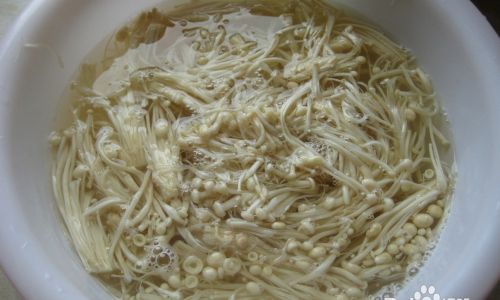

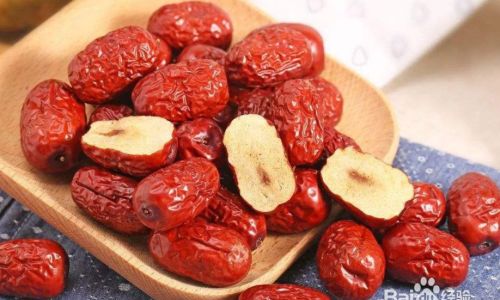

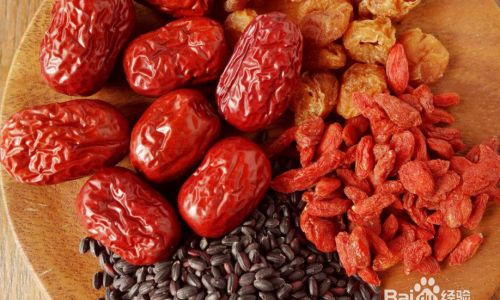
0 comments